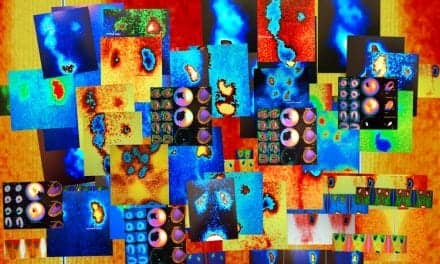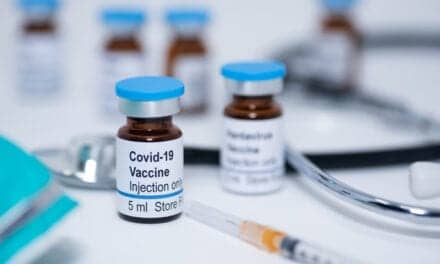The Society of Nuclear Medicine and Molecular Imaging (SNMMI) and 10 other professional societies have issued new appropriate use criteria (AUC) for lymphoscintigraphy in sentinel node mapping and lymphedema/lipedema. The criteria, summarized in The Journal of Nuclear Medicine, include a list of relevant clinical scenarios, a systematic review of evidence in the literature, and a systematic analysis of available evidence, followed by grading each of the clinical scenarios.
Sentinel lymph nodes are the first lymph nodes where cancer cells are most likely to spread from a primary tumor. During a sentinel node biopsy, physicians inject radiotracers into a patient’s body to identify the location of the sentinel node, known as lymphoscintigraphy. Upon identification, the sentinel lymph node is then removed to determine if it is cancerous.
In recent years, advances in radiopharmaceuticals and imaging technology have evolved to expand the clinical use of sentinel node mapping.
Given these innovations, an international multidisciplinary panel of expert healthcare providers convened to create AUC to better define recommendations for the use of lymphoscintigraphy among various types of cancers.
The AUC covers four clinical categories of cancer—breast cancer, skin cancer, cancer of other sites, and lymphedema—in a total of 32 clinical scenarios. Pediatric considerations were also addressed. Once these clinical scenarios were identified, the expert panel reviewed and graded them for appropriateness based on available literature as well as expert opinion. Other factors affecting the AUC recommendations were potential harm—including long-term harm that may be difficult to capture—costs, availability, and patient preferences.
“These AUC are intended to assist healthcare practitioners in considering nuclear lymphoscintigraphy,” note the authors. “It is hoped that through these recommendations, nuclear medicine lymphatic imaging techniques will be used to benefit patients in the most cost-effective manner.”
SNMMI has developed a multipronged approach to disseminate AUC for lymphoscintigraphy to all relevant stakeholders, including referring physicians, nuclear medicine physicians, and patients. The dissemination and implementation tactics will include a mix of outreach and educational activities targeted to each of these audiences.
The panel included representatives from the SNMMI, Society for Vascular Medicine, Australia and New Zealand Society of Nuclear Medicine, American College of Radiology, Society of Surgical Oncology, European Association of Nuclear Medicine, American Head and Neck Society, American Society of Clinical Oncology, American Society of Breast Surgeons, American College of Nuclear Medicine, and American College of Surgeons. The process for AUC development was modeled after the RAND/UCLA Appropriateness Method for AUC development.
The full AUC for lymphoscintigraphy in sentinel node mapping and lymphedema/lipedema can be viewed here.






